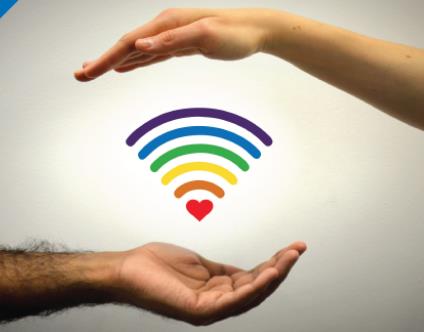The Evolution of Gay Sexting in Digital Communication
The digital revolution has transformed many aspects of daily life, including how individuals communicate about and explore sexuality. Gay sexting, a phenomenon that has grown substantially with the proliferation of digital communication tools, offers a fascinating lens through which to view these changes. This exploration traces the evolution of gay sexting, examining its origins, its impact on the LGBTQ+ community, and how it has shaped and been shaped by broader societal shifts.

The Early Days of Digital Communication
From Chat Rooms to Instant Messaging
The origins of gay sexting can be traced back to the late 1990s and early 2000s with the advent of internet chat rooms and instant messaging platforms. These digital spaces provided the first widely accessible venues for individuals within the LGBTQ+ community to connect discreetly. Initially, these interactions were text-based and largely anonymous, offering a safe space for individuals exploring their sexuality. According to surveys from the early 2000s, approximately 30% of gay men reported using these platforms to communicate with others like themselves, many for the first time.
The Rise of Smartphones and Apps
With the introduction of smartphones and mobile apps in the late 2000s, the landscape of digital communication underwent another significant transformation. Apps specifically designed for gay dating and social interaction, such as Grindr, which launched in 2009, brought more convenience and features, such as photo sharing and location-based services. This era marked a significant increase in sexting; a 2010 study noted that 50% of users engaged in sexting within these apps, appreciating the ability to easily share images and more personal content securely.
Normalization and Mainstream Acceptance
Integration into Mainstream Culture
As societal attitudes towards the LGBTQ+ community have evolved, so too has the perception of gay sexting. What was once a clandestine activity has moved closer to mainstream acceptance as part of the broader normalization of digital dating practices. Recent data from 2020 indicates that about 65% of gay individuals view sexting as a regular part of dating and developing relationships, reflecting broader cultural shifts towards acceptance of diverse sexual expressions.
Challenges and Concerns
Privacy and Legal Issues
Despite its increasing normalization, gay sexting continues to face significant challenges, particularly regarding privacy and legal concerns. High-profile data breaches and cases of revenge porn have highlighted vulnerabilities, leading to calls for better security measures and legal protections. Surveys indicate that 40% of gay sexting participants have concerns about their digital privacy.
Mental Health Implications
The mental health implications of gay sexting are also complex. While many find that sexting boosts their confidence and helps them establish fulfilling connections, others experience anxiety and pressure. Research from 2021 found that while 30% of respondents felt empowered by sexting, 20% reported feelings of anxiety related to their sexting experiences.
Looking Forward
Technological and Social Progress
The future of gay sexting is likely to be influenced by both technological advancements and ongoing social changes. Innovations in encryption and privacy technology may alleviate some security concerns, while continuing shifts in societal attitudes could further normalize sexting as a component of healthy, adult relationships.
Conclusion
The evolution of gay sexting mirrors broader trends in both technology and social attitudes towards sexuality. As it continues to develop, understanding its impact on individual and community levels remains essential. For those navigating this aspect of digital communication, it's crucial to balance the benefits of connecting with others against the potential risks to privacy and well-being. For more information on navigating these challenges, visit gay sexting.